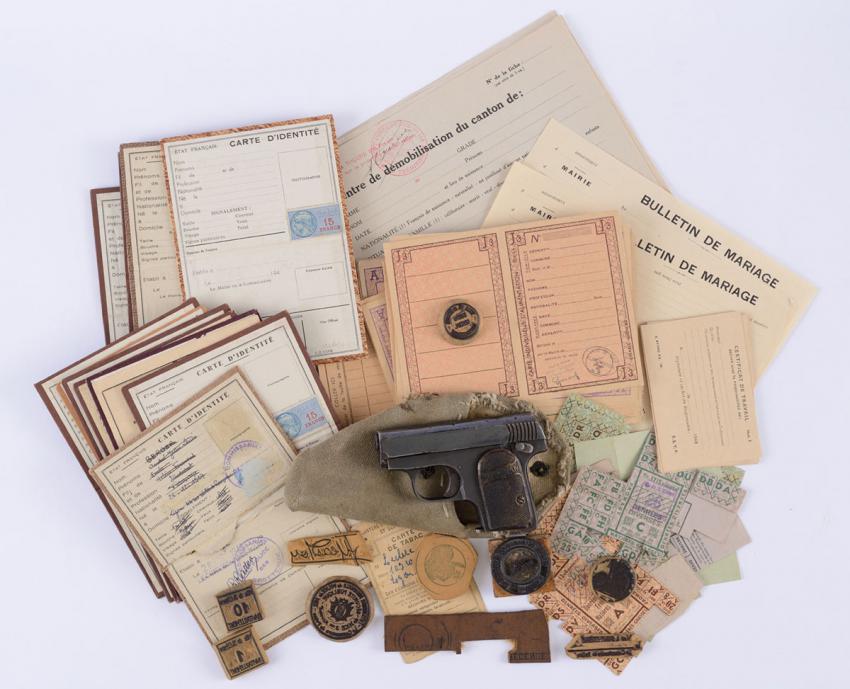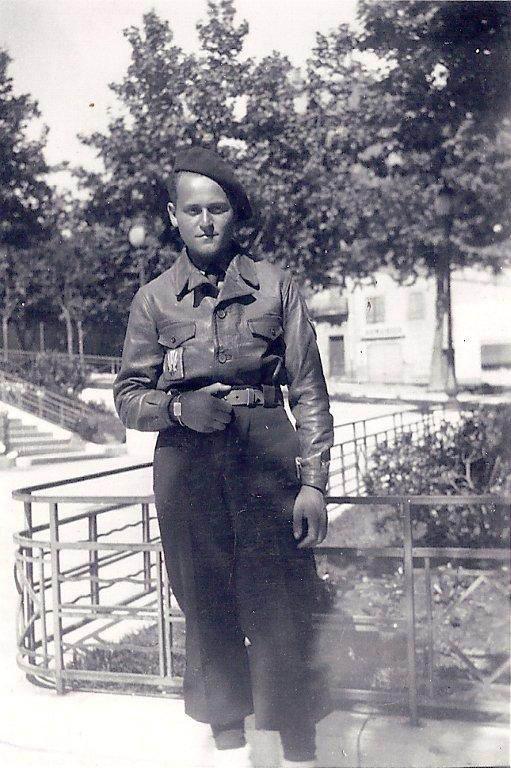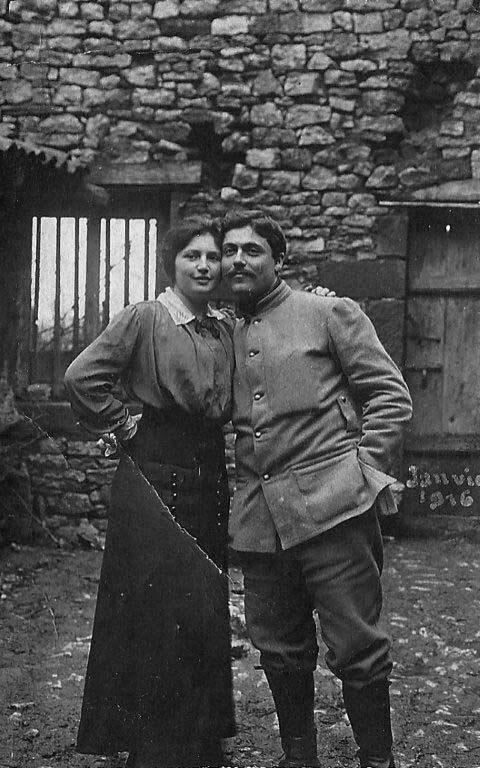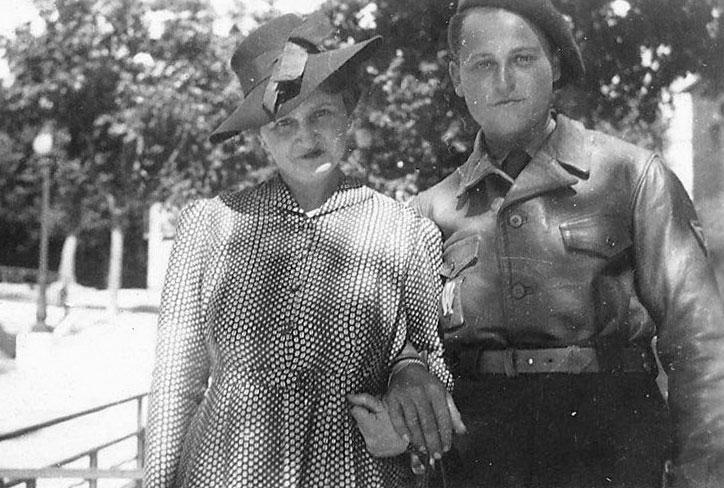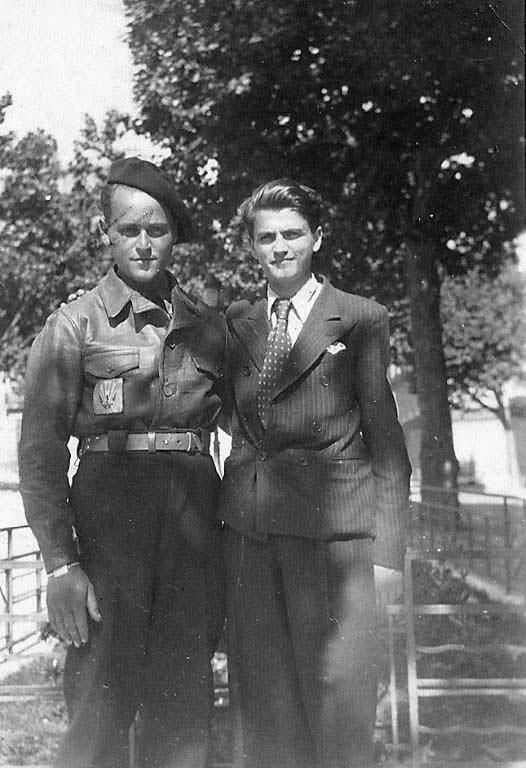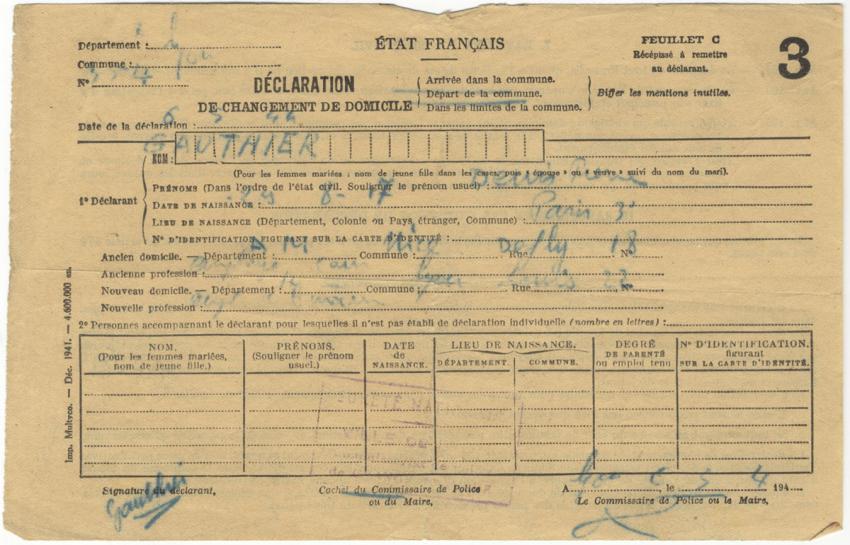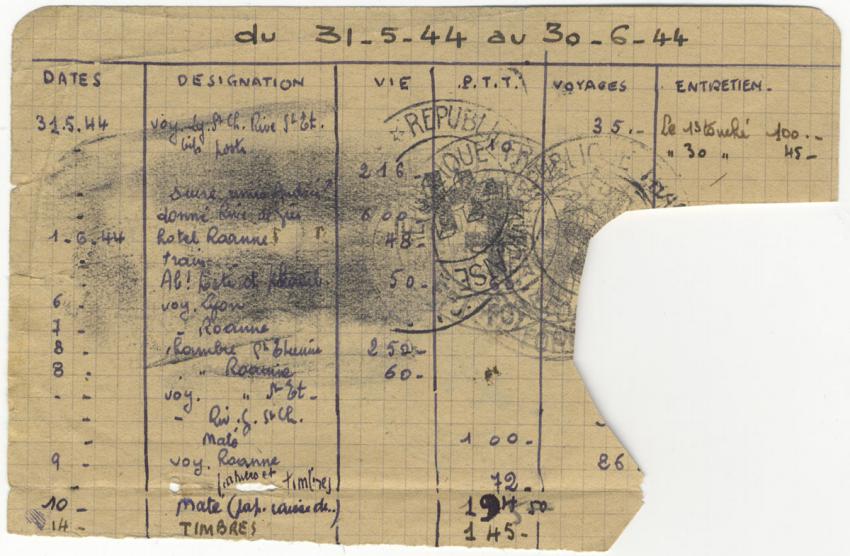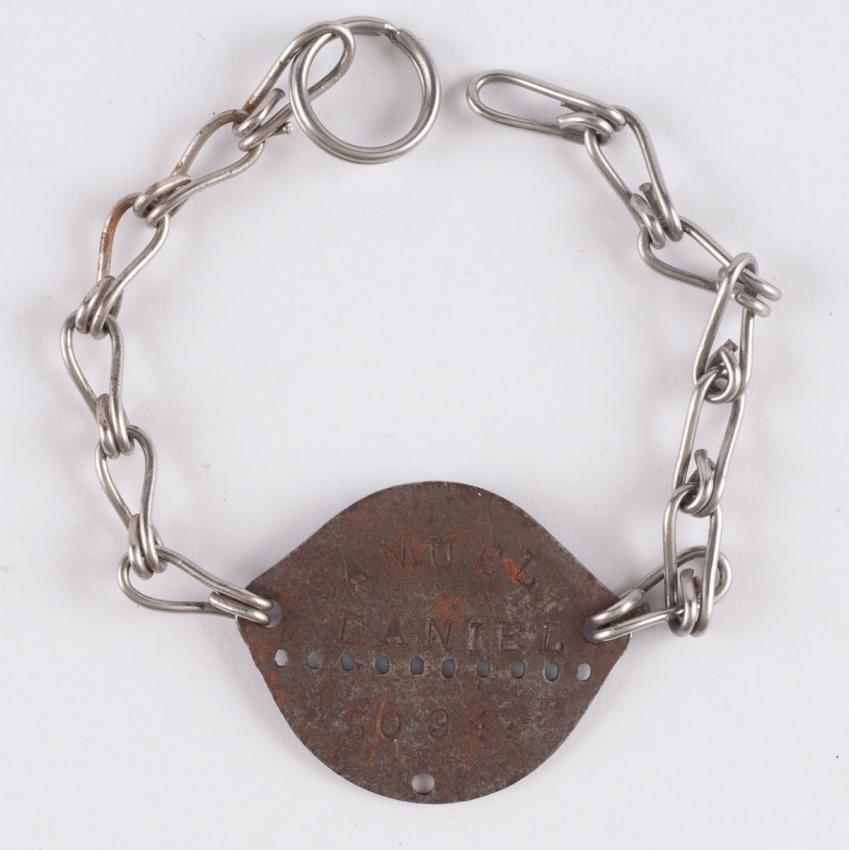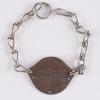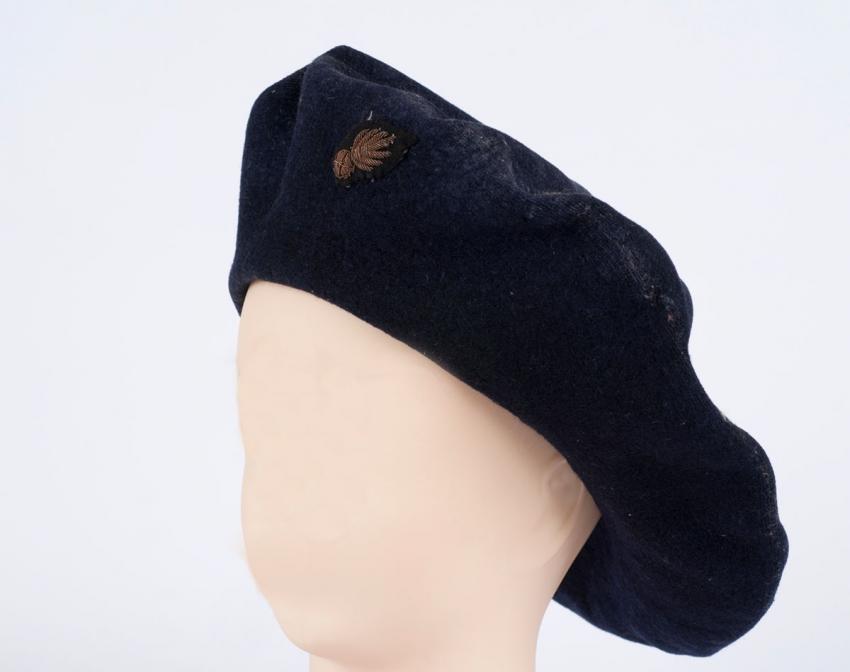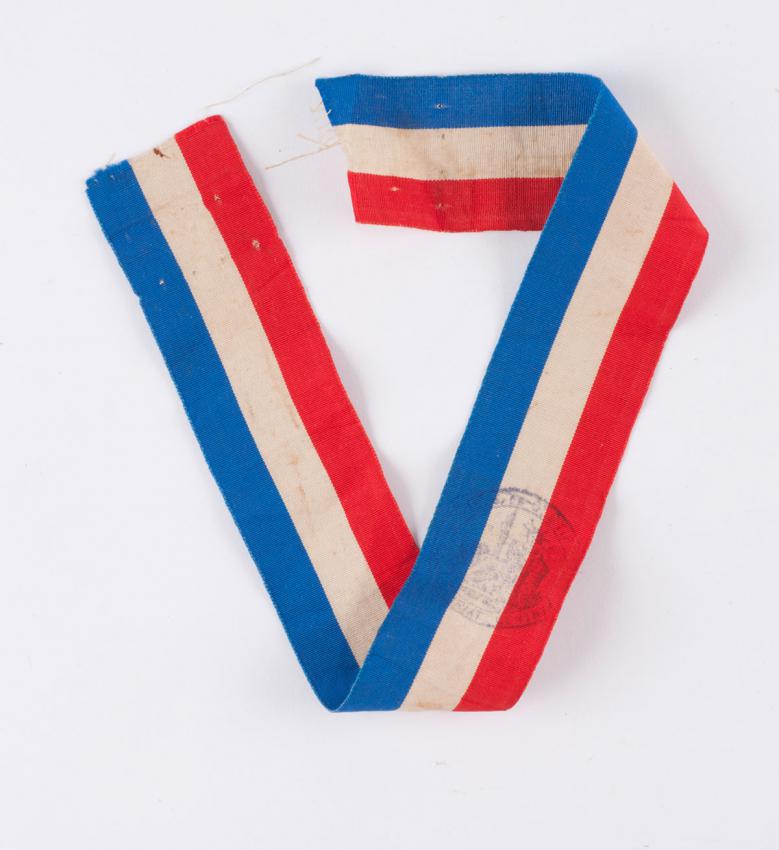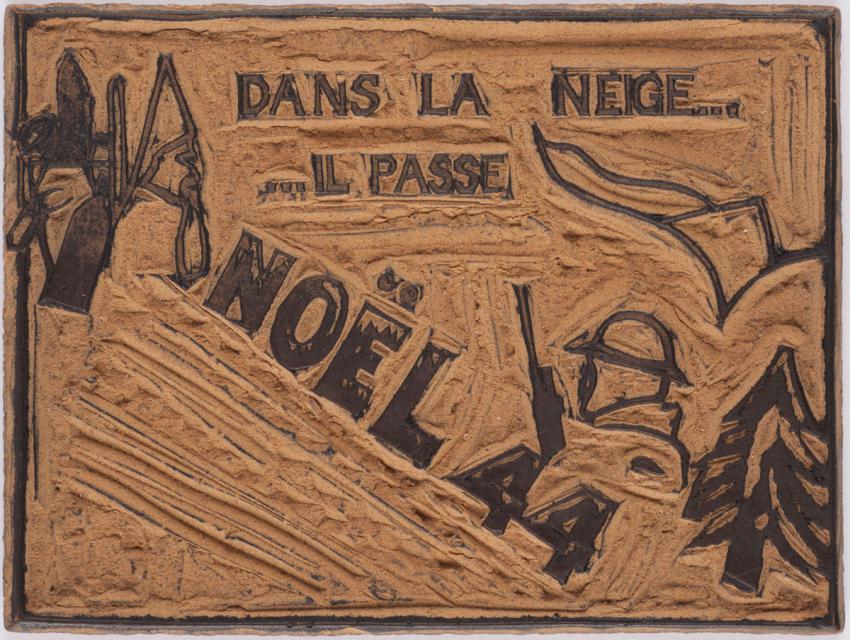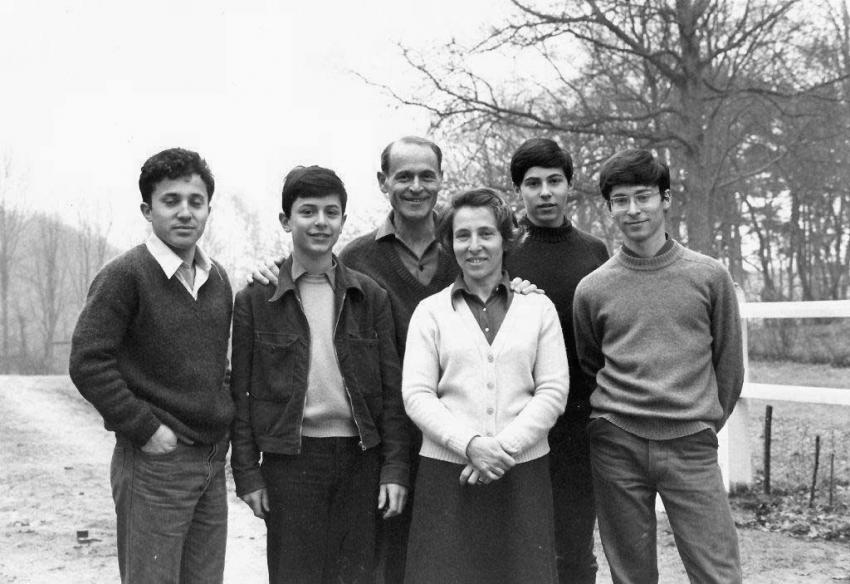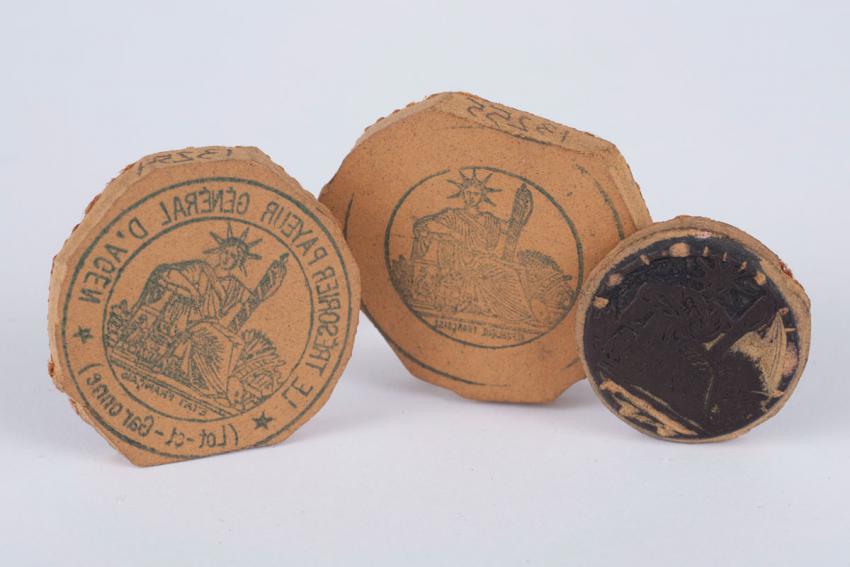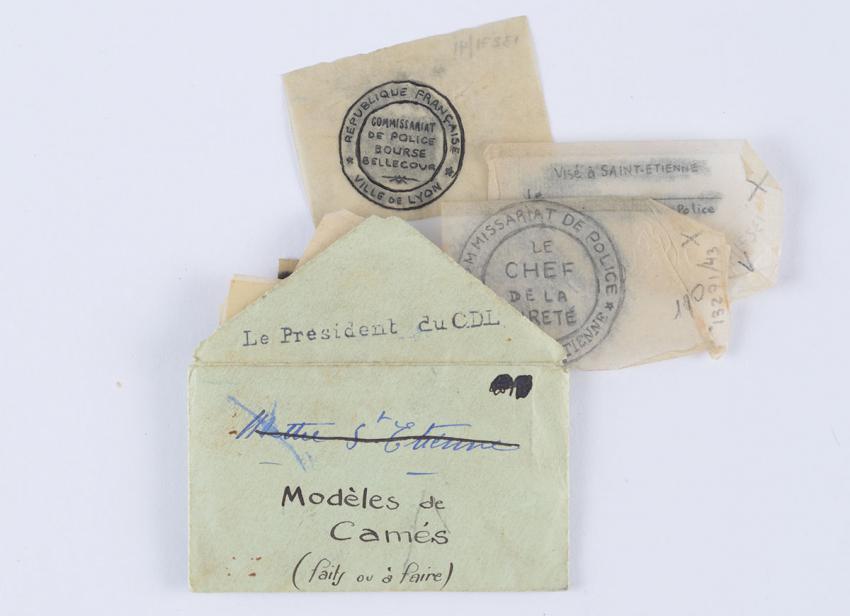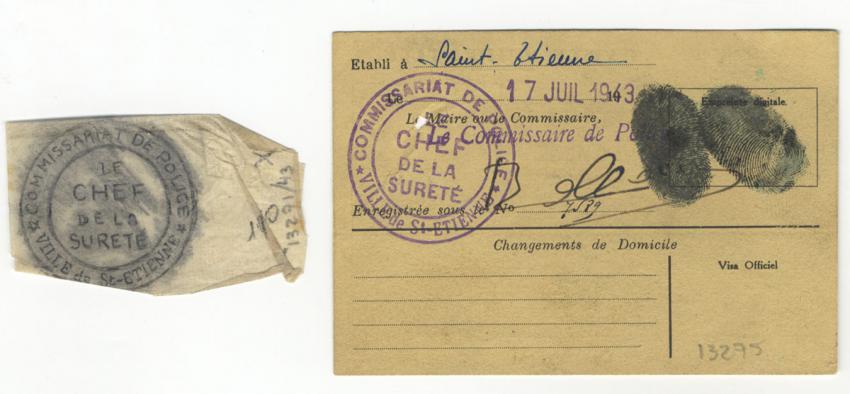Forged documents – a means to survival – one of the activities of the Jewish Resistance in France.
The forging of documents, though not the most obviously heroic act associated with the activities of the resistance, ultimately saved lives on many occasions. The resistance directed its energies not only to fighting the enemy, but focused on saving the Jews who were under threat of deportation and extermination.
A large collection of items that was preserved by Daniel Samuel, a member of the French Resistance, enable us to follow the process used to forge documents that saved Jewish lives in France during the Holocaust.
Daniel Samuel, or as he was know in the resistance “Denis Gauthier”, was born in Strasbourg in 1921. A year later, his brother Claude was born. Their Parisian parents, Leon and Judith Samuel had moved to Strasbourg while Leon recuperated from wounds he suffered in World War I.
Leon & Judith had a number of business ventures in optics. A number of years later, the couple separated and Judith moved back to Paris with the children and began to sell glasses in the markets. Her work took her from place to place, while the boys stayed with their grandmother. From the age of 14 Daniel too began to work in optics.
Upon the occupation of Paris by the Nazis in June 1940, many Parisians fled, among them Judith and her sons. After their return, Daniel worked with an optician until he was drafted in 1941 to the "Chantiers de la Jeunesse”, a paramilitary organization created by the Vichy government for youth between the ages of 18-20, who were called up for six months. The uniform of the organization was in fact a French army uniform. Daniel completed his service in July 1942.
A few months after his release, Daniel, Claude and Judith moved to Nice (in Vichy France). They lived with Judith’s sister, who, together with her husband, was active in the resistance. Their address served as the “post office box” for a Jewish resistance group called “La Sixieme” ("La Sixieme Eclaireurs Israelites de France"). For a time, Daniel and Claude worked together reporting on German troop movements.
In his aunt and uncle’s home, Daniel met Maurice Cachoud (whose real name was Maurice Loevenberg), one of the leader’s of “La Sixieme”. The impression Maurice made on him convinced Daniel to join La Sixieme. Maurice sent Daniel from Nice to Lyon with false identity papers under the name Denis Gauthier to learn how to create forged rubber stamps and documents. The patience and precision that he had learned as an optician were a great advantage in his new role, for the work required an ability to carve official seals including tiny text that had to be carved in mirror image.
The raw material used to make the forged seals was linoleum. Daniel took advantage of his late night train rides to Paris and other destinations and cut pieces of the linoleum that served as the floor of the train cars. In his testimony he states: ” I would cut the linoleum only from under the seats, out of respect.”
At the beginning of 1943, Daniel was sent to St. Etienne where he made contact with the "L ’Aide aux Mères” organization and in cooperation with them he forged rations cards that were supplied to hidden Jewish children. Among the hidden families he prepared ration cards for in St. Etienne, was the Levie family, his future wife’s family. In St. Etienne he came into contact with a group of young Christians, among them the couple Michlon. Madame Michlon worked in the local post office and she would intercept mail for Daniel and pass it on to him directly.
By this stage of the war, Leon Samuel, Daniel’s father was no longer alive. He had been arrested in Paris in 1942, sent to Pithiviers transit camp and deported from there to Auschwitz and murdered.
In February 1944, the Gestapo in Nice arrested Daniel’s aunt. She ultimately managed to escape and survive the war. Tragically, Daniels mother and his brother Claude, who was active in the ORA resistance group (Organisation de résistance de l'armée), were caught as a result, deported to Drancy and from there to camps in Poland, where they perished.
Daniel Samuel's military service at the end of the war
St. Etienne was liberated in July 1944 and the resistance groups joined the Free French Forces and fought together with the Allies in remaining battles. Denis Gauthier returned to his original name, Daniel Samuel, and fought with the Alpine troops. He was injured while fighting on the border between Italy and France in the Alps and released from the army.
Post war
In November 1945 he married Martine nee Levie whom he had met when he prepared false documents for her family. In 1947 the couple returned to Paris and lived with Martine’s family. They opened a successful opticians store in Paris and with the time the business expanded. In 1952, at the insistence of his father-in-law, Daniel reluctantly changed his family name officially to his resistance nom de plume “Gauthier”, an action he ultimately regretted. Daniel and Martine had four children. Two returned to the name Samuel and two remained with the name Gauthier. Daniel was among the leaders of the French office of Keren Hayesod and served as its president. He also served as president of the Liberal Jewish community. Three of the children came to live in Israel – Claude (who was named after his uncle Claude who was murdered), Olivier z”l and Remy. Terri lives with his family in Toulouse.
Daniel preserved the artifacts that he kept since the end of the war and after his death, his family decided to donate them to the artifacts collection of Yad Vashem’s Museum.
